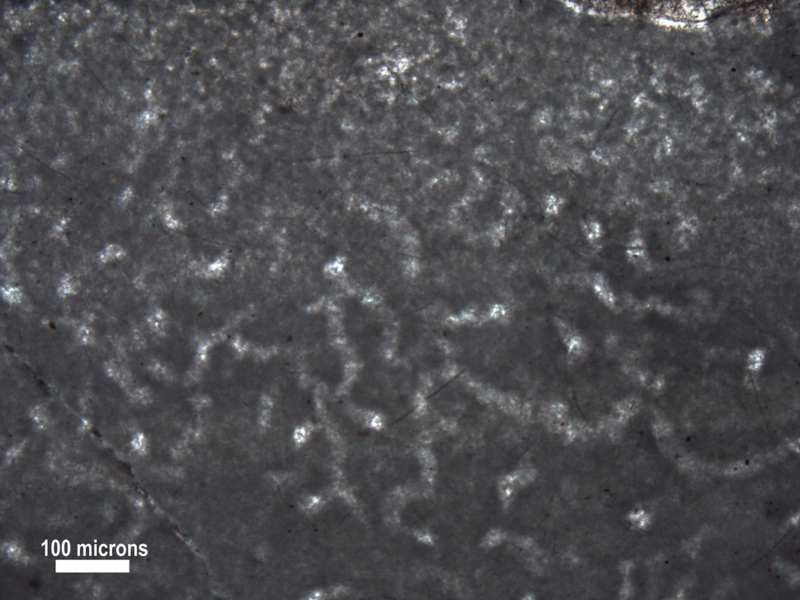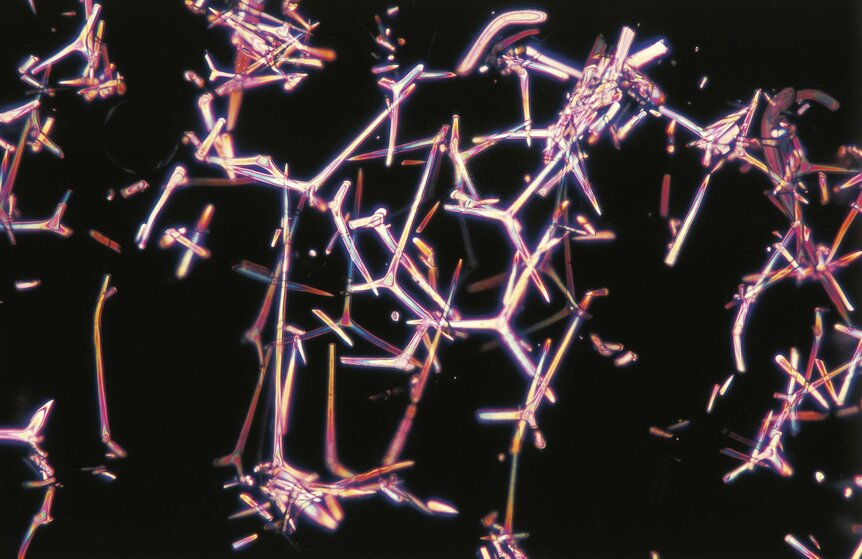Create a free profile to get unlimited access to exclusive videos, sweepstakes, and more!
The oldest animal that ever lived on Earth is related to Spongebob

On primordial Earth, eons before a dinosaur would ever hatch, the planet was crawling with single-celled life-forms. That wasn’t all that was thriving back then.
What is thought to be an 890-million-year-old proto-sponge is now the oldest animal known to have lived on Earth. It was found to have been a lot more complex than bacteria, which was unexpected for something that spawned so long ago, but its structure is unmistakable and gives it away as a sponge. The creature itself is thought to have been way more chill than Spongebob though. It hung out in ancient reefs, ate bacteria instead of Krabby Patties, and didn’t even have the need to evolve for hundreds of millions of years.
What makes this find so groundbreaking is that hardly any surviving evidence exists for animals before 580 million years ago. It even predates what were previously the oldest known sponges by 350 million years. Paleontologist and geologist Elizabeth Turner of Laurentian University in Ontario was looking through rock samples from what is now northwestern Canada when she discovered the fossilized creature. She recently led a study published in Nature.
“Soft-bodied organisms have essentially no preservability in the geological record,” she tells SYFY WIRE. “Yet, if I am correct, animals appeared long before the advent of their fossilized hard parts. It can be very hard to prove, when the material is only part of an organism, not well preserved, and may represent an organism type that we’re not even familiar with or aware of yet.”
Sponges are thought to have first come into being during the early Neoproterozoic era, anywhere from 541 million to 1 billion years ago. Many, though not all, types of sponges have spicules. These are skeletal structures of calcium or silica, which can easily fossilize. Horny sponges (no, not Spongebob with heart eyes) like the loofah in your shower have a branched skeleton made out of spongin. Turner's opinion is that if sponge fossils were turning up before and during the Cambrian period — during which there was an explosion of living things that were able to form their own skeletons — they must have first evolved much earlier than that.
Skeletonization doesn't apply to sponges, so when they first emerged remains a mystery. Something else that is problematic in the search for the first animal on Earth is the lack of preserved specimens in the fossil record. They either decomposed or still need to be found. Forget about skeletal remains. If these primitive forms of life had not yet developed shells or exoskeletons yet, none might have ever been fossilized, though the preservation of soft tissue is not impossible. Turner has a limited amount of evidence for their emergence and evolution.
“The possible sponges may have been related to younger examples of similar material in the rock record, and even possibly some modern sponges,” Turner says. “That could conceivably imply that there may have been minimal selection pressure to drive their evolution. They could represent different subtypes of sponge whose distinctively different characteristics were not preservable — only their similar skeletal material got preserved.”
Turner thinks the proto-sponge in question probably had no need to evolve because of changes in the environment, competition for food or habitats, or predators that forced many other organisms to develop defense mechanisms such as spines or venom. They probably got enough oxygen from the bacteria that surrounded them. When oxygen levels in Earth’s atmosphere and oceans rose drastically around 800 million years ago in what is called the Neoproterozoic oxygenation event (Great Oxygenation Event), they had no need for any more.
When a series of ice ages known as the Cryogenian glacial episodes froze Earth over between 720 and 635 million years ago, that most likely left the sponges unaffected, so they still didn’t evolve. Other animals may have developed fur, feathers, or extra layers of fat to insulate them. What they evolved from to begin with is still unknown. There is, however, a genetic method that goes backward to figure out around when lineages of certain organisms first showed up. This method gives an estimate of about 890 million years ago for sponges. That is eerily close to what Turner unearthed.
“Part of the reason why we have been unsuccessful in finding out when the first animals appeared is that we don’t quite know what to look for,” she says. “Perhaps looking ‘at’, and carefully examining the possible ways in which unfamiliar early animals and tissue may have been preserved are important starting points.”
This could also influence how we search for extraterrestrial life. Early microbial life on Earth is preserved in limestone, and it is possible that similar sedimentary rocks may hold secrets about when life emerged on Mars and elsewhere. For now, proto-sponges are alien enough.




























